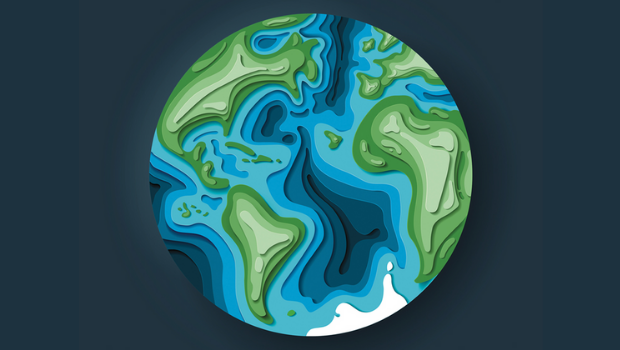Water Scarcity Woes: A Global Problem That’s Getting Worse
Water scarcity is a legitimate concern.
It is true that the hydrologic cycle, the process in which the Earth circulates water throughout its ecosystems, is a closed-loop cycle that neither adds nor takes away water. In theory, the amount of water on Earth will always remain the same. But problems occur when the hydrologic cycle is disrupted, causing some regions to grow arid while others get constant floods. The human activities that disrupt that process include the building of dams, the industrial pollution of waterways, the paving of roads, excessive drilling and bottled water privatization.
Here are 10 of the most alarming water scarcity facts that the world is currently facing.
1. By 2025, half of the world’s population will be living in areas of water stress as people will be unable to access the water they need. Climate change, population growth, agricultural demands and mismanagement of water resources all contribute to the growing water crisis.
2. The world’s population will rise to 9.7 billion by 2050, leaving even more people in water-stressed conditions. An estimated 60 percent of all surface water on Earth comes from river basins shared by separate nations and almost 600 aquifers cross national boundaries. In places where water is already scarce, this can lead to geopolitical conflict.
3. Three in 10 people on Earth currently do not have access to safe and clean water. According to the World Health Organization, 2.1 billion people do not have access to a safely managed water source. An estimated 263 million people must travel over 30 minutes to access water that isn’t clean, and 159 million still drink from untreated surface water sources.
4. One in three people worldwide does not have access to a toilet. Around 2.3 billion people lack access to even basic sanitation services, forcing them to either practice open defecation or use pit latrines and buckets. Fecal contamination in the water supply is a major cause of deadly waterborne diseases such as hepatitis A, norovirus and E. coli.
5. Annually, 1.6 million people die from waterborne diseases. Of the 5 million people that become ill from bad water, most are children.
6. Water privatization causes harm. When corporations site water bottling operations in developing countries like India and Bolivia, they significantly deplete supplies needed by local farmers. In the U.S., when a struggling public water or electricity utility sells their rights to a private corporation, household water and sewer services typically become, respectively, 59 percent and 63 percent more costly.
7. In the U.S., 2.1 trillion gallons of clean water is lost each year due to poor infrastructure, including old, leaky pipes and broken water mains. David Le France, CEO of the American Water Works Association, estimates that repairing America’s water infrastructure will be a trillion-dollar program. Due to divided efforts in governmental decision making, adequate policies and budgeting are often difficult to come by.
8. Often, water burdens fall upon women, some of whom walk four miles a day just to fetch water that is likely contaminated. In sub-Saharan Africa, for example, it takes about six hours to carry a 44-pound container of water from a source that often has the potential to make them sick, according to the Global Water Institute.
9. One-third of the world’s largest aquifers are water-stressed. Underground aquifers are naturally replenished through rainfall and surface water, but a deficit occurs when more water is pumped out than replenished. Eight of the biggest aquifers, including those in Saudi Arabia, northwestern India and Pakistan, are not being replenished at all.
10. Meeting the United Nations’ sustainable development goals for the water crisis will cost $114 billion per year. Attaining these critical goals will be time-consuming, expensive and may face political division. Yet the cost of not doing so is also high. Addressing healthcare needs due to water-related diseases and poor sanitation costs $260 billion globally each year.
Water scarcity is real. To ignore it or to assume that it is only a problem of the developing world is to be blind to the reality that the rest of the world is experiencing. Excessive water consumption and poor water management are factors that can be controlled. Supporting clean water initiatives will certainly help the movement against the global water crisis. Finally, educating ourselves and raising awareness is a task we should all take on.
Jeremiah Castelo is the founder of World Water Reserve, which publishes information on water scarcity and purification methods. This article is excerpted and reprinted with permission.




























